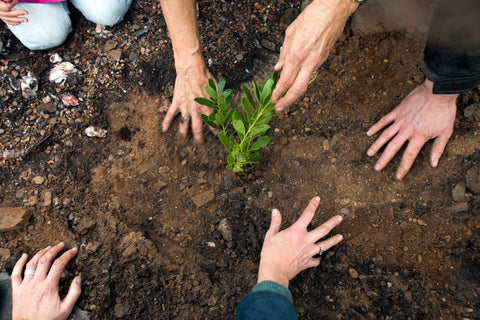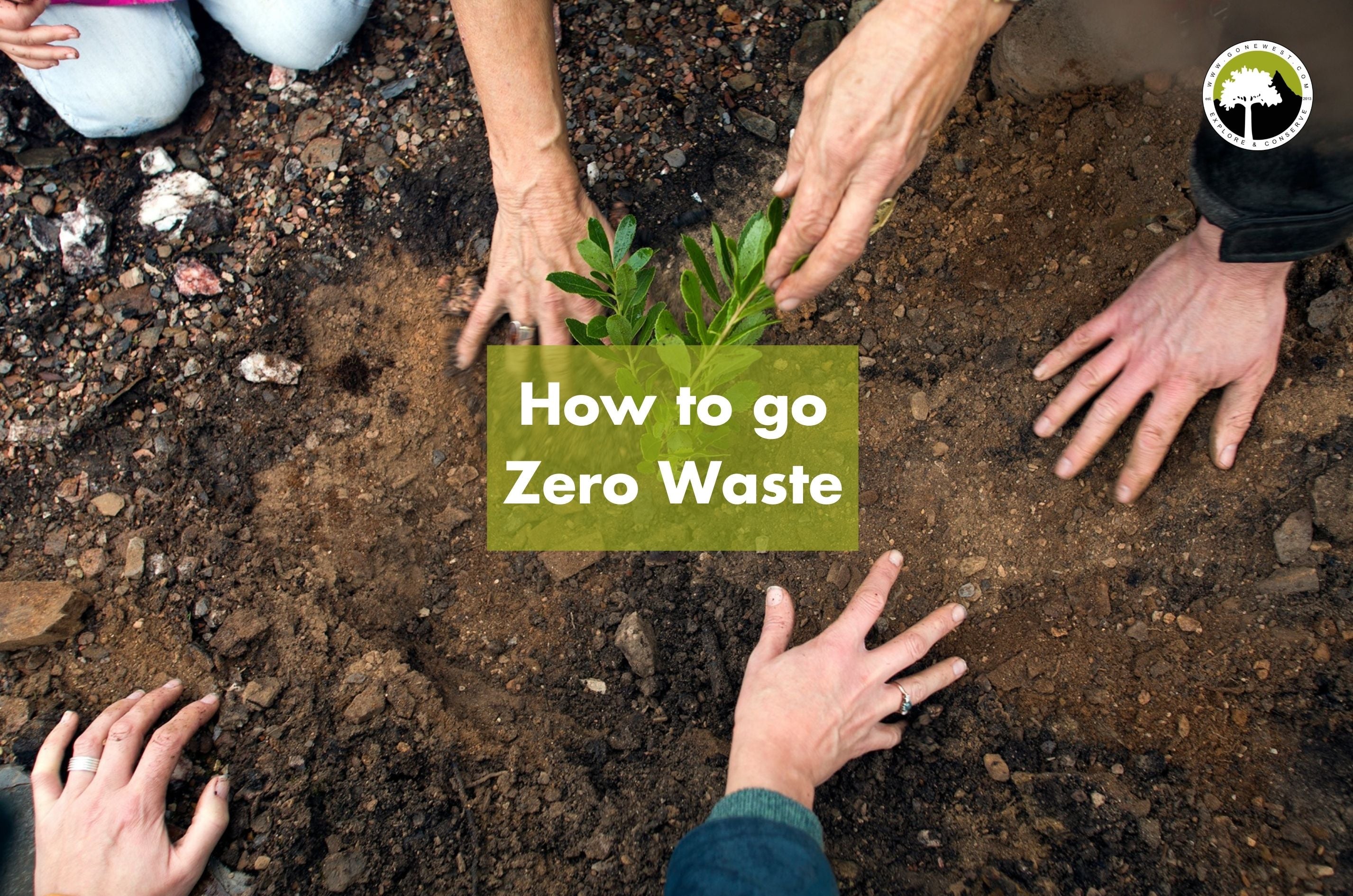Summer holidays are coming to an end and it’s time to trawl through shops for what feels like eternity, fighting your way through crowds of people, buying things that you’ll only have to replace in a few months. What if we told you it doesn’t have to be this way?
It doesn’t have to be spending days going from shop to shop. You don’t have to break the bank, and you certainly don’t have to have an impact on the planet either. Nobody likes going shopping for school supplies, not the parents and certainly not the children, so why has it become a ritual that we all seem to carry out.
If you’re now having a bit of an existential crisis and you’re looking for a solution, look no further! In this article, there are many tips and tricks to save you time, money and the planet too!
But first we’ve got to look at the impact this ‘season’ has on you and the world…
Effect of Back-To-School industry
We’re all probably guilty of not thinking about the impact of our back-to-school purchases, but school preparation is actually the third largest shopping event in the year, after Christmas and Black Friday. In fact, the industry is worth a mind-blowing £1.2 billion.
Supermarkets are the highest performers when it comes to school supplies, with many seeing them as more affordable and convenient. But they often fall short in sustainability. Below is a deep dive into popular supermarkets and how they fare in these categories.
Sainsburys
We’re starting off moderately strong with Sainsburys. Their carbon footprint is 1 million tonnes, which is, well, not great, but is better than most. They recently invested £1 billion to become carbon neutral by 2040 – ten years sooner than their competitors. The company has also pledged to reduce plastic packaging by half by 2025, which is the biggest claim of all of the supermarkets on this list.
They also win some ethical points too. The company donates unsold food that is approaching its best before date to local charities to minimise food waste, help the homeless, and help those who need it.
Sainsburys does, however, rank lower in affordability.
Marks & Spencers
Marks & Spencers are probably the most eco-friendly supermarket on this list. They are carbon neutral and they recycle 100% of its waste. Almost 90% of the waste is used to generate energy and the rest is composted. Any emissions they do have are offset.
Are you interested in offsetting your business too? Visit Gone West’s Carbon Footprint Offsetting page to learn all you need to know about the services we offer.
Their school uniform was also rated the favourite but is one of the most expensive on the market.
Tesco
This is our first heavy-hitter…
Tesco’s carbon footprint is 3.4 million tonnes and they’ve been running a social media campaign claiming that they are not contributing to the deforestation of the Amazon Rainforest. This campaign also states that they support Greenpeace’s call to stop deforestation. However, Greenpeace has released an article calling them out.
In actual fact, Tesco have no idea where their soya or meat comes from. Mass produced sustainable soya and meat is incredibly hard to come by and almost all contributes significantly to deforestation, and thus climate change. The fact that Tesco don’t know where they source the products from is a definitive sign that it is coming from one of these farms.
You may be wondering why I’m talking about meat and soya in a back-to-school article… but the thing is, supporting a company whose products contribute heavily to global warming allows them to keep making these choices. Even if you’re not buying those products.
They also generate around 84,124 tonnes of food waste each year. They proudly boast that this is only 1% of the total amount of food they handle. But this amount of food could actually feed 24,035 people for a lifetime.
Asda
Asda is redeeming this list a little bit, but everything looks good in comparison to Tesco… The store’s carbon footprint isn’t readily available but they have a strategy on their website. They are also the first supermarket to introduce sustainability stores in which they eradicate the need for single use plastics. This is done by implementing refill stations for products like cereal and washing powder.
Although these stores are working towards sustainability, they still generate new products that consumers buy that will end up in landfill. The best way to help the planet is to reduce what we consume and reuse what already exists.
Why we need to be more green
The education sector is a big contributor to waste in the UK. In one year, it can create up to 210,000 tonnes of waste – that’s the same as 168’000 school buses! This waste comes mostly from worksheets, exercise books, homework and food waste from school lunches.
As well as that, our journey to school also has a big impact on the planet. 29% of carbon emissions come from transport and 79% of those emissions come from road transport. Idling outside the school isn’t much better, actually it’s worse. Idling cars produce twice as many exhaust emissions as cars in motion which is enough to blow up 150 balloons every minute.
Saving the planet isn’t the only benefit of going green at school. It can also be much nicer for your bank. On average, getting school supplies for one child costs £191 each time. Luckily for you, we have a bunch of tips to go green below that will save you a lot of money!
Sustainable ideas for school
Eco-Friendly Stationery
There are lots of alternatives to mainstream stationary. The easiest way to be environmentally friendly is by reusing what you already have. If you still need a few more items, try getting them second-hand. Charity shops are a great place to visit for cheap second-hand equipment. Other places to look for second-hand stationary are Ebay, Depop, Vinted and Facebook Marketplace.
Invest in a pre-loved textbook
Textbooks are another great thing to purchase second-hand and are an easy way to be sustainable at school and college. Student textbooks are generally very expensive to buy and aren’t very useful once the exam or degree has been completed. So many ex-students sell them at a greatly discounted price on sites like Abebooks, JustBooks, or places like Ebay and Facebook.
DIY Notebook
A great way to get creative and to save paper is to make a DIY scrap paper notebook. Like many people, you probably have a lot of scrap paper lying around, from spam mail or just sheets of paper you’ve acquired over the months, this can be a great way of reusing them! It’s also a great project to do with the family.
Go green ideas for school projects
Do you need some jars or cardboard for a school project? Ask your neighbours! Everyone will have full recycling bins that they won’t mind you rummaging through, they are ready to throw it away anyway! If that fails, why not join some zero-waste groups in your area? Facebook has many local communities ready to join that are all about reusing and recycling products to keep them out of landfill.
If you would still prefer new stationary, or you just simply don’t have any at home, it’s always best to invest in biodegradable or recycled stationery.
Preloved Uniforms
Uniform is the most expensive part about going back to school and the bit that needs to be replaced most often. It gets worse when schools require you to have specific or customised items because you can’t just buy them in bulk at a supermarket.
Instead of spending lots of money on new items, try contacting the school, family, or friends who may have old uniforms they don’t need. You could potentially get it for free or at a reduced price! This is great for the environment because there aren’t any new items of clothing in circulation and customised uniforms can’t be sold in charity or other shops.
There are also many websites that you can buy and sell old uniforms on, such as Preloved and Old School Uniform. These websites are probably the most expensive option, but are still far cheaper than buying them new, and it is much kinder to the planet.
If all else fails, why not try Facebook? There are lots of local buy-sell-swap groups that you can join that will be home to parents of children who are at the same school. You could browse the groups, or you could request school uniforms and someone may respond.
Reusable water bottle
Another good way to go green is to reduce the plastic waste you create. A reusable water bottle is a great way to cut down on single use plastics and to save yourself some money. Believe it or not, you could potentially save up to £25,000 in your lifetime when you switch to a reusable water bottle. There are plenty of different ways of making water more exciting too! Try putting some fresh pieces of fruit directly into the water or freeze some fruit in an ice cube tray and pop them into the bottle when you or your kids are ready for the day!
Sturdy, durable school bags
Bags for school often need replacing throughout the year, and most highstreet brands are unethical and unsustainable. So, with each purchase, you’ll drive up your carbon footprint. Instead of buying cheaper bags more frequently, invest in a sturdy school bag from a trustworthy company that they can use year after year. That way, you’ll save money and the planet!
Get a bento box
Lunch at schools is one of the biggest contributors to the education sectors’ waste. Luckily, it’s also one of the easier and cheaper ways of starting your eco warrior journey!
The easiest switch is to invest in a durable, eco lunch box – like a bamboo bento box. These boxes are made from bamboo, which is one of the most sustainable resources in the world! Bamboo releases 35% more oxygen into the atmosphere than trees and is really lightweight, making it the perfect material for a lunch box (oh and they’re super stylish too).
Reduce plastic waste in lunches
The second step is to try and reduce plastic waste in the lunches. So stay away from snacks in plastic packaging and use an alternative to plastic wraps, like beeswax or fabric. These wraps are sustainable and reusable, so they are good for the planet and good for you too!
Ask the kids!
A simple way of reducing waste is just to ask the kids what they’d like in their lunch! If you get them involved and give them options, they are so much more likely to finish and enjoy their lunch. Encourage them to bring back any food leftovers and waste too. Leftovers can be used the next day and any food waste can be composted.
Try a vegan diet
If you’re feeling adventurous, try to make green food swaps. Try to stay away from dairy (a big contributor to climate change), try to eliminate as much meat from the lunches, or, if you want a challenge, try veganism!
These simple switches can help make so much of a difference to our planet.
Commute
The transport sector is one of the biggest polluters in the world, so to be eco-friendly, you’re going to have to green up your commute to school.
The best way to do so is to walk or bike to school. This eliminates any emissions and keeps you and your children fit and healthy. Trying a new routine can be scary, we understand that, so trying it with a friend or a group of people who live nearby can make it more enjoyable and motivate you to keep going. Bike to school week starts on 27th September and is the perfect excuse to get your friends involved.
If you go to school in London, our partner, Spokesafe, has bike lockers with a Goodbox to donate £1 to us to help plant a tree! This means you can have a carbon negative commute, how about that for eco-friendly!
If you live a bit too far, try to find a bus service that will take you straight to the school or if there are no bus services, try to carpool. Believe it or not, carpooling saves up to 1.6 million tonnes of CO2 emissions every year!
No idling!
Oh and one last thing, if you can’t prevent commuting in a car, don’t idle! It produces smog and toxic chemicals going straight into the lungs of the children and the planet. This cloud of toxic chemicals is incredibly bad for asthma sufferers and just generally bad for everyone!
That’s all for now. I hope you have enjoyed reading our Back to School blog. Join the sustainable revolution to help save our natural world and our future by following us on Instagram and by subscribing to our monthly newsletter for updates.
Stay in the loop
Subscribe to our newsletter.
Everyone loves to get away, especially after two long years of a global pandemic. From city breaks to countryside getaways, we’re all itching to get out and about and [...]
June 23, 2022
Zero-waste living has been on the rise for quite a fews years. The movement started gaining traction when the public were made more aware of the severity of the [...]
May 15, 2022
As the world is getting back to normal and we’re beginning to travel more freely without restrictions, it’s a good time to start thinking more eco-consciously when planning your [...]
April 30, 2022
We’re sure that you, like us and many other people, are entirely burned out by bad news. Whether it’s bad news about politics, the economy, or the environment, we’ve [...]
April 14, 2022
We’re a few weeks into the Winter Olympics, with people from all over the world participating, attending, and tuning in. The event is all about celebrating people and their [...]
February 17, 2022










